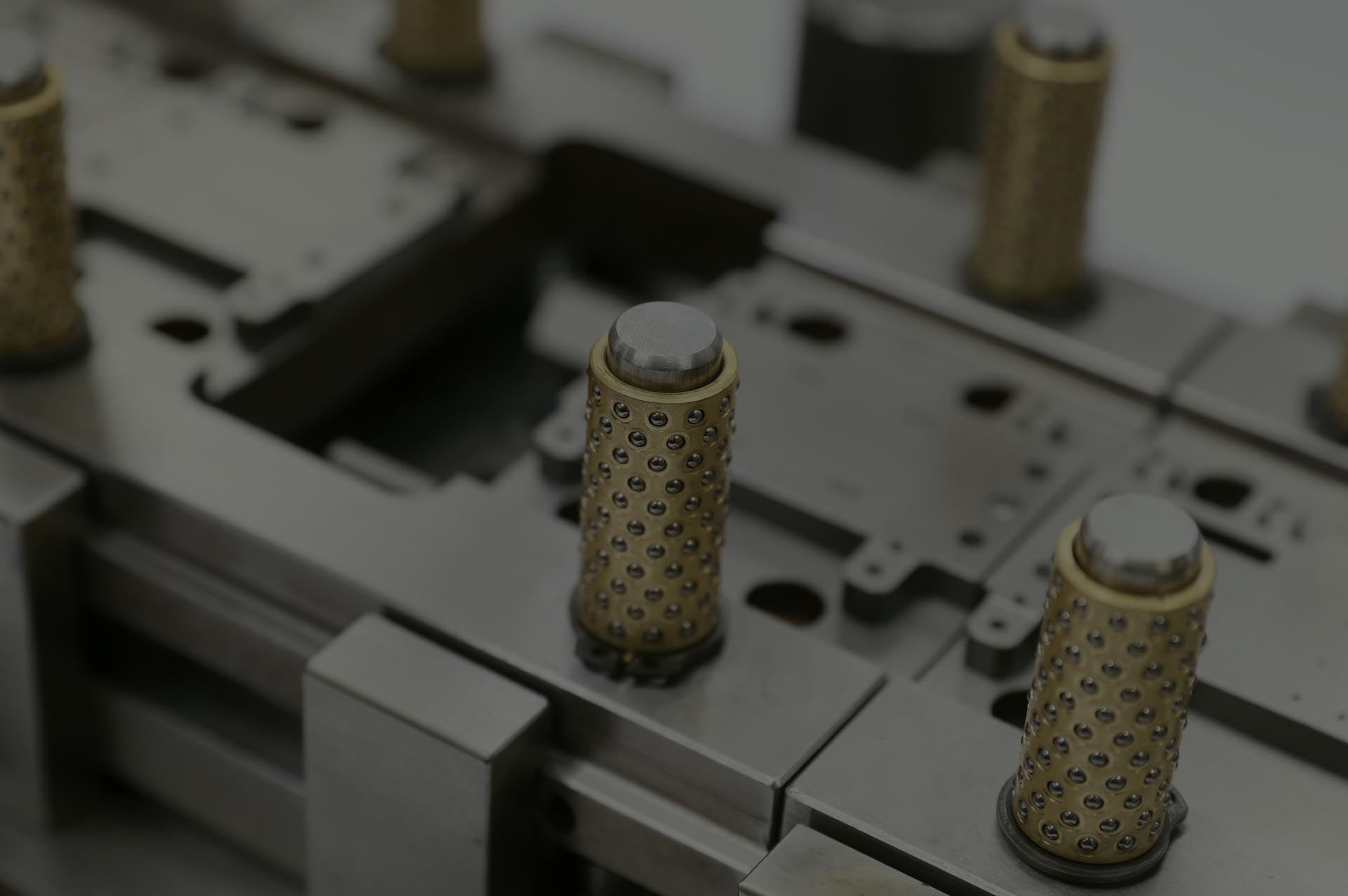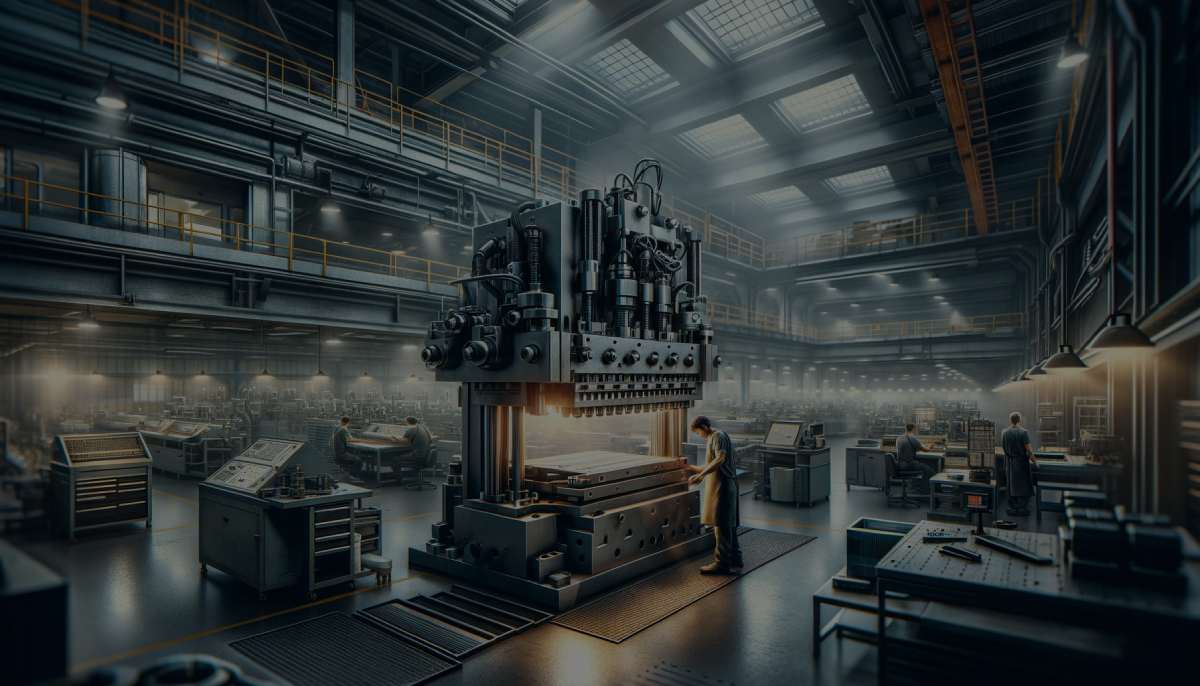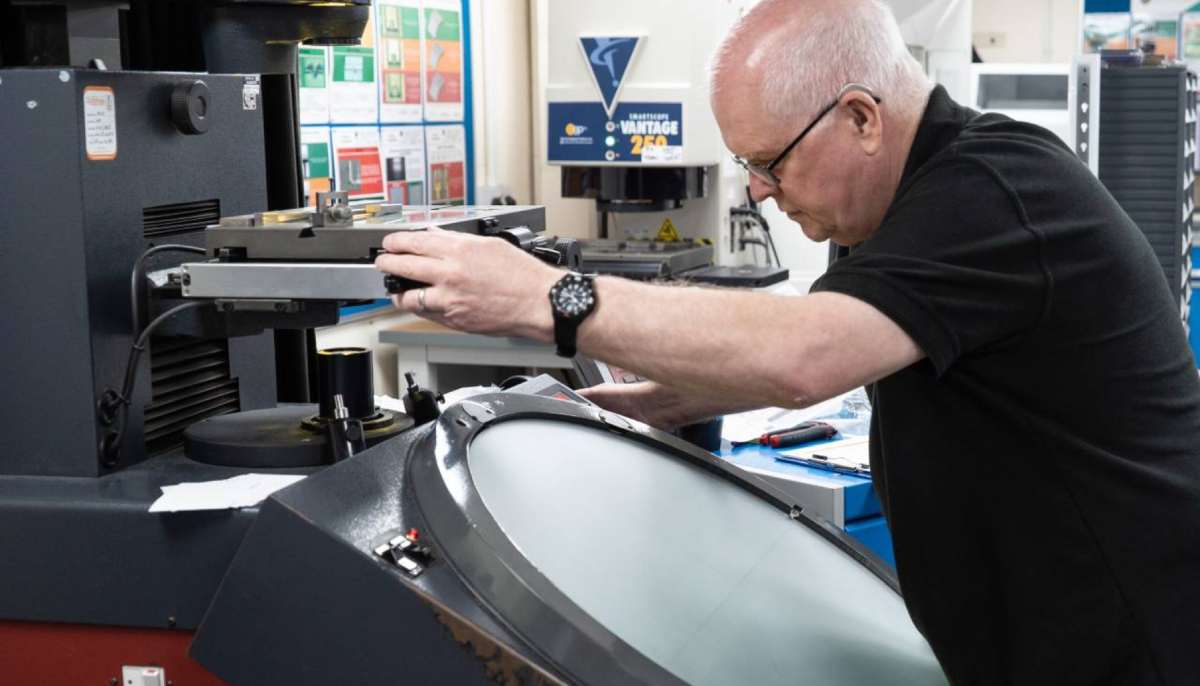Tooling Design: How to Ensure Reliability from Prototype to Production
Built to last, our high accuracy, precision tooling is all designed and built in house. With a fully equipped toolroom we manufacture and design...
Brands are choosing us to partner with them to bring innovate products to market quickly and cost effectively.
Working on a Prototype and need expert input, why not get in touch and talk with our experts.
Aerospace has some of the most demanding requirements of any industrial sector when it comes to quality, consistency and validated processes – and rightly so.
The safety of an aircraft, its passengers, crew and payload can and does depend on the smallest of stamped and plated electronics components.
Robustness, resilience and reliability are crucial. Components with plating just a few microns thick must withstand the most challenging conditions: friction, atmospheric corrosion and extreme temperatures.
A typical commercial jet engine burns fuel at up to 2,000°C in the combustion chamber. And between 30,000ft and 42,000ft – the cruising altitude of most airliners – the air temperature ranges from -40°C to -57°C.
Get Expert Advice On Stamping And Plating Aerospace Components
Regardless of the global accreditation standards within aerospace, there is no ‘one size fits all’ when it comes to delivering real world solutions to complex aero-engineering challenges.
Sub-sectors such as general aviation, large civil aircraft, commercial space, unmanned aircraft systems, rotorcraft, airport infrastructure and aviation security all have their own specific requirements. This calls for meticulous attention to detail on the part of the stamping/plating company.
It also requires a deep understanding of the technical challenges likely to affect inter-related components and assemblies further up the aerospace supply chain. As a highly experienced plating specialist, Batten & Allen is regularly called on by aerospace suppliers to solve component issues involving electroplating quality and consistency.
Frequently the issues that suppliers face are the result of them not having asked the right questions and not having understood fully how their components and assemblies will be affected by the technical demands that the aircraft must meet.
Environmental corrosion is one of the biggest problems. Water or water vapour containing salt combines with oxygen to produce the main source of corrosion in aircraft. Planes operating in marine environments are particularly susceptible, as are those that operate in areas where the air is polluted by high levels of industrial fumes.
On the copper and copper alloys used in avionics systems, the corrosion forms a greenish film – compromising connectivity. Thin oxide, sulfide and inorganic films reduce the metal-to-metal contact and increase contact resistance.
Electroplating a layer of metal with very strong anti-oxidation properties is essential to enhance the corrosion resistance of components. It also improves the solderability and the reliability of those solder joints.
Military aircraft face far greater demands than their commercial counterparts. There is a world of difference between a civilian airliner shuttling between airports and a fighter jet capable of hitting Mach 2.8.
And within the military aviation world, the requirements for a fighter pulling 9G vertical zoom climbs are far higher than they would be for a military transport airlifter (or a refuelling tanker based on a civilian airliner).
Electronic connectors stamped and plated by Batten & Allen are used in some of the world’s most sophisticated military aircraft – including those that pull very high-G manoeuvres.
We provide specialised plating solutions that address the challenges of conductivity, insulation, hardness, ruggedness and exposure to chemical/caustic environments. Our products and processes conform to the following military plating standards:
It is important to choose a plating specialist with high levels of experience and expertise in a wide range of metals including:
Multi-layer plating must be carried out in such a way that it reduces inter-metallic issues and improves solderability (and therefore reliability).
Finishing aerospace components with nickel or a nickel alloy increases the hardness of the substrate, improving wear resistance and corrosion protection.
Anodising increases the thickness of the oxide layer on the surface of the substrate. It improves surface hardness, provides added protection against corrosion, and helps to extend the operational lifespan of components (and enhance their aesthetics).
Batten & Allen has half a century of experience and expertise in stamping and plating. Our 100-strong team includes 40 engineers, 30% of whom have been with the company for 20+ years.
Guaranteeing the consistently high levels of quality required by the aerospace supply chain depends on superior technology in plating operations – and in quality inspections.
Batten & Allen has nine plating lines. The latest is a £1.25 million custom-configured, state-of-the-art machine capable of delivering up to 3.45 million parts per day.
Our measurement and inspection equipment includes:
Batten & Allen is certified to ISO 9001:2015, IATF 16949:2016 (Automotive Quality Certification) and ISO 14001:2015 (Environmental Management). Other certifications include REACH, RoHS and CFSI (Conflict-Free Supply Chain).
Contact our engineers now for expert technical advice on plating and stamping components for aerospace applications. Download our digital brochure.

Built to last, our high accuracy, precision tooling is all designed and built in house. With a fully equipped toolroom we manufacture and design...

In the intricate world of metal stamping, precision and reliability are more than goals. They’re absolute necessities.

In the precision-driven world of metal stamping, the pursuit of zero defects Isn’t just an ambitious goal but a necessary standard. After all,...